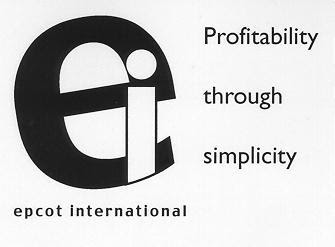Affordability of
HIV/AIDS drugs is critical for the well-being and survival of patients
especially in the underdeveloped countries. Companies have done an excellent
job of inventing the necessary drugs. Initially the patients who were not
covered under healthcare programs could not afford them. Even who were covered,
food for the family and drug for an individual (1) became an
excruciating choice. Companies in the developing countries took upon themselves
to commercialize processes that had lower their manufacturing costs i.e. the lower
selling price. Thus, the availability and affordability became possible to many
in the countries.
Various governments
and non-profit organizations (notably US Government, Médecins Sans Frontières’,
WHO, Clinton and Bill & Melinda Gates Foundations) have done an excellent
job of making the necessary drugs available for the needy. However, in the slow
economic environment, governments and foundations are facing funding challenges
that could make availability of the necessary drugs an uphill task (2,3).
The need for the drugs has not gone away and is not going away.
How do we make the
drugs more affordable? Is there a solution?
Answer to the query
posed above is “YES”
and it comes from lowering the manufacturing cost. Using the best manufacturing
technologies along with the best business practices e.g. supply chain
rationalization, economies of scale, better chemistry and improved execution can
lower the manufacturing cost of the needed drugs by 20-40% from the lowest selling
prices listed at http://utw.msfaccess.org/drugs
(4).
The cost reduction
claim may seem to be large but are not out of the realm of possibilities. Any
cost reduction i.e. lower selling price is worth the effort. Anyone who is
familiar with chemical processes and cost accounting can reverse (5) calculate
factory costs within +/- range of the actual costs. A thorough review of the chemistry,
process equipment, current practices, economies of scale and supply chain (6,7)
would be needed to develop better costs. Such review along with
creativity and innovation can lead to the development and execution of the best
and lowest cost process. Quality will be built in the process. Profits could
also increase.
Above mentioned
reviews and practices are a common practice in the chemical, petrochemical and
other chemicals related industries but have not been practiced in the
pharmaceutical manufacturing which includes the manufacture of the active
ingredients and their formulation to a dose. If done right, the saving could be
higher. Best technology will also facilitate and simplify regulatory
compliance.
If we are able to
lower the cost of the needed drugs, pressures on the funding governments and
the foundations will be reduced. It is possible that lower prices will extend
coverage. It will be a win-win and lessons learnt could be used to lower costs
of other drugs also.
Girish Malhotra, PE
President
EPCOT International
- Malhotra, Girish: Drug
Prices: Food vs. Medicine - A Difficult Choice for Some June 16, 2011
- MSF Report: Funding
shortages threaten advances against HIV/AIDS, political promises will fall
short accessed October 18, 2012
- Malhotra, Girish: Drugs
for Infectious Diseases, Funding and Opportunity December 11, 2011
- Médecins Sans Frontières’ Untangling
the Web of Antiretroviral Price Reductions: 15th Edition accessed October 18, 2012
- Malhotra, Girish: Neglected
Tropical Disease (Infectious Diseases) Drugs: What are they telling us
about Innovations! March 7, 2012
- Malhotra, Girish: Chemical Process Simplification: Improving
Productivity and Sustainability February 2011
- Malhotra, Girish: Chapter 4 “Simplified Process Development and
Commercialization” in "Quality by Design-Putting Theory into
Practice" co-published by Parenteral Drug
Association and DHI Publishing© February 2011
